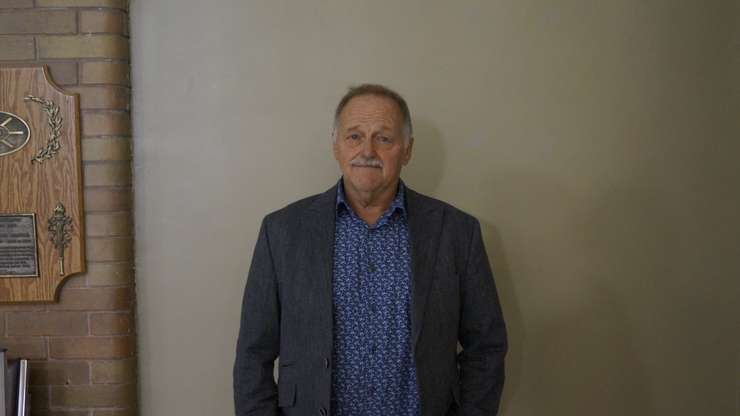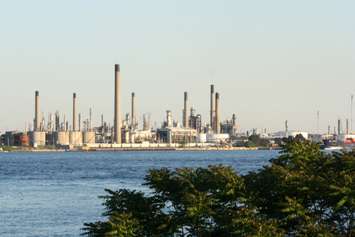An associate with a Sarnia sustainable energy think-tank believes carbon capture systems can benefit the Sarnia-Lambton area in a number of ways.
Ed Brost, with the Bowman Centre for Sustainable Energy, was a guest speaker during the Kiwanis Club of Sarnia-Lambton Golden K meeting Tuesday morning.
He discussed the cost of carbon capture and storage, the role for carbon capture to decarbonize difficult sectors, and the proven technology behind practice.
Brost said the reason we're not already using carbon capture on a mass scale is because it's expensive.
"And there's no money in it. If you capture the CO2, we really don't have a market that would cover the cost of capturing it," he said. "And so although the technology has been proven, it's been around and we could've deployed it on a large scale a long time ago, we haven't because it costs too much."
Brost said if anybody knows how to utilize carbon capture, the chemical industry in Sarnia-Lambton is quite able to do so.
"Sarnia-Lambton could manufacture the chemicals that are used in carbon capture systems, Sarnia-Lambton has a really robust engineering and manufacturing [sector]," he said. "We could be building the equipment to do this, and we could be applying it in our local industries if we could figure out a way to deal with the costs."
Brost said there's a role for carbon capture to decarbonize difficult sectors. He said cement is a really good example.
"In a cement plant, you have two sources of carbon. One of them is the fuel or the source of the heat to get some chemical reactions to occur. Those chemical reactions result in the release of CO2 from the rock from which you're making," he said. "If you can't put CO2 capture on everything, cement would be one of the first ones you do. Steel would be another one."
Brost said Canada produces roughly 500 million tones of CO2 every year. He said there's a lot of space to store some of that CO2 in southern Ontario.
"There was a lot of work done around 20 years ago looking at the saline aquafers that could be used to host captured CO2, and in Lake Huron, under us, between 200-million and 300-million tones of of CO2 could be captured," he said.
The Bowman Centre is a group of volunteer associates who contribute ideas and their experience towards driving Canada’s energy strategy to generate economically and environmentally sustainable wealth and jobs.







